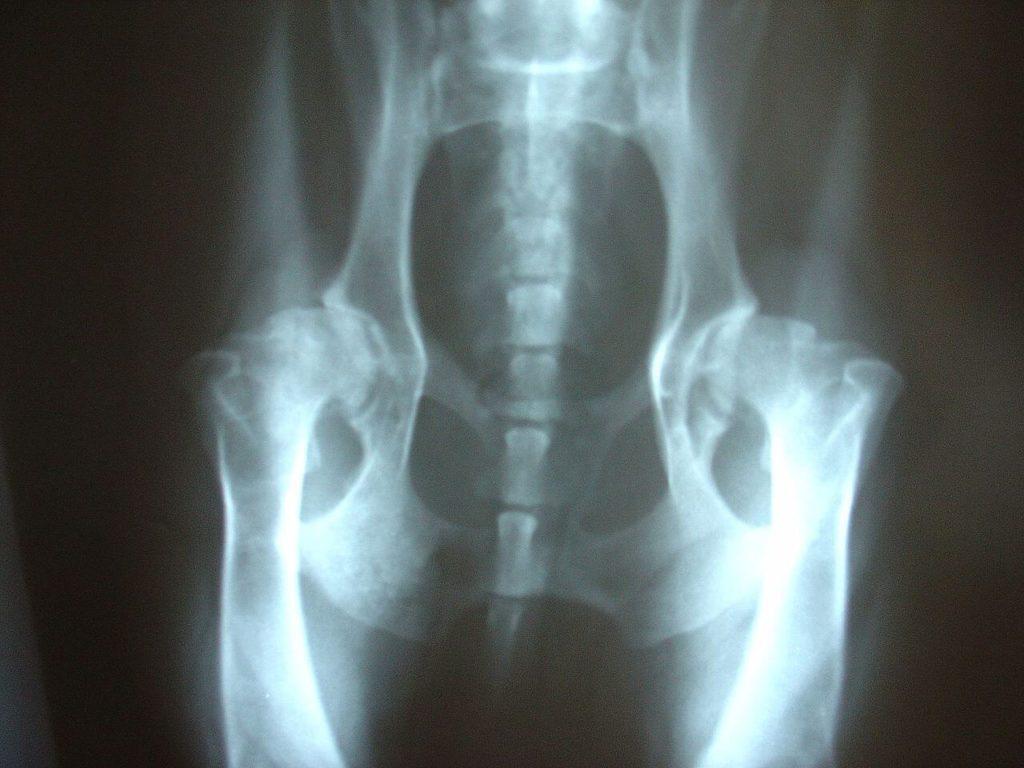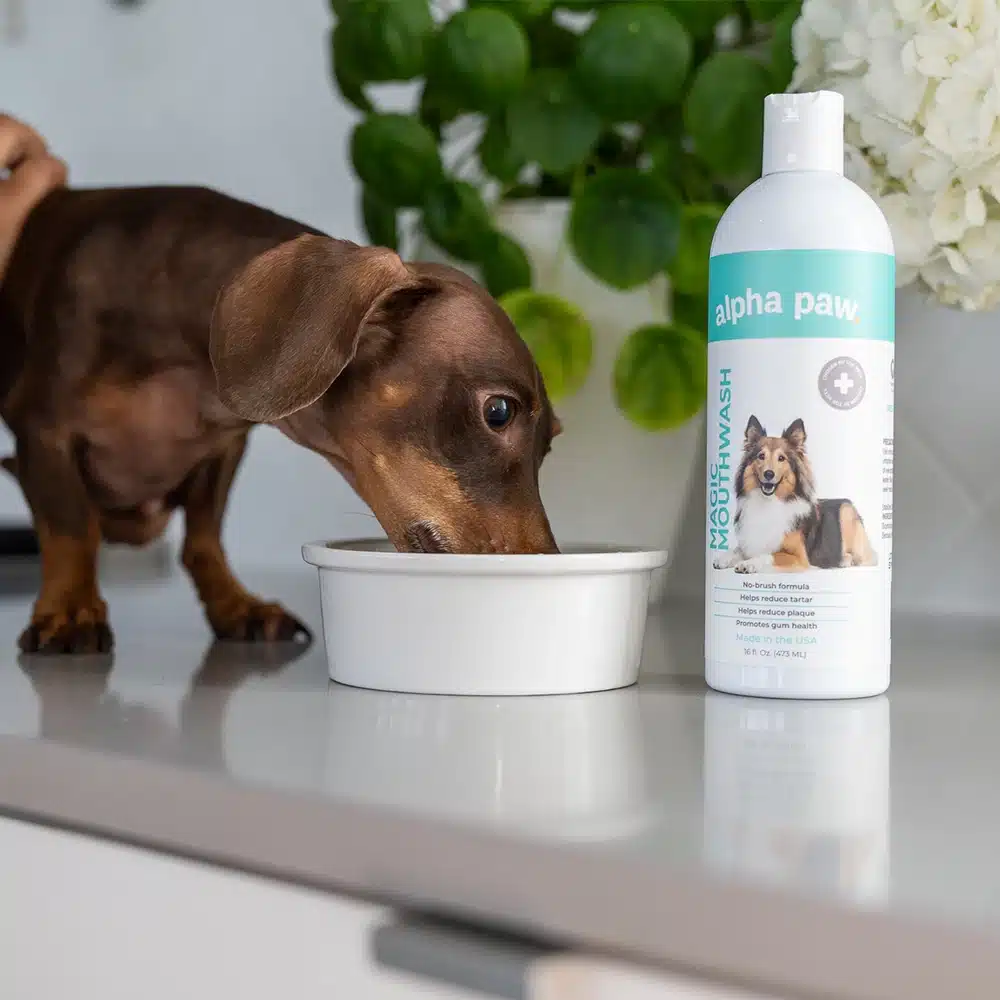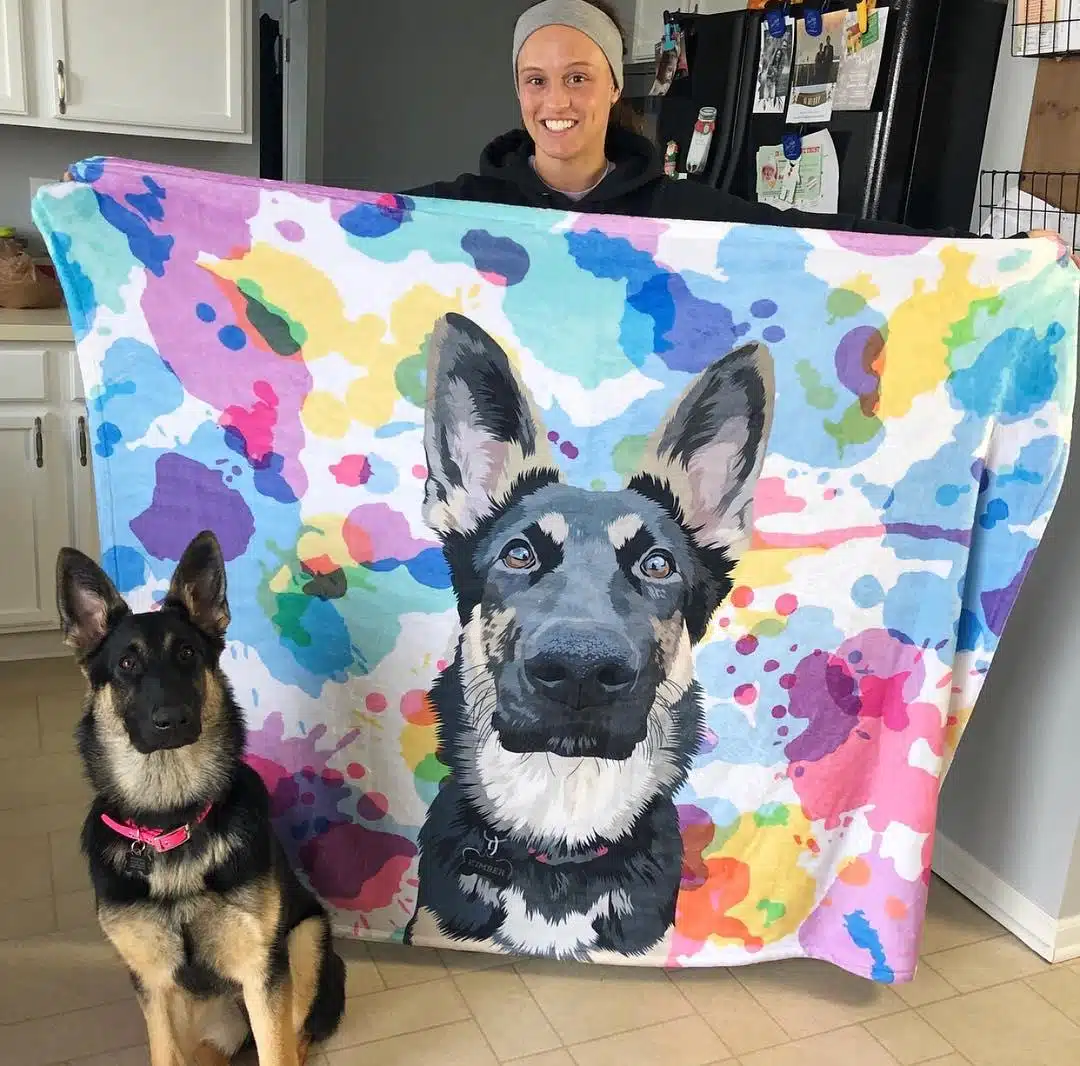
Joint Pain In Dogs
More and more these days it seems like our pups are suffering from the same sorts of ailments we get as humans. Joint pain in dogs is on the rise and many people are wondering what they should do to help their furry friend lower the pain and inflammation that they are experiencing. What causes joint pain in dogs and what can you do to lessen or treat it? These are all good questions. Let’s dive in and see what we can find out.
You have to realize that all of the activity we put our pups through stresses their joints. Every time they run, jump and use their joints they are prone to injury or tearing the ACL just like we are. But there can also be degenerative problems or developmental problems as well. If the dogs joint doesn’t develop properly then they may be prone to elbow or hip dysplasia. Some of the developmental problems that occur the most frequently in dogs are arthritis and secondary osteoarthritis that can be caused by cruciate ligament problems where the ligament causes instability due to its degeneration over time. Sadly, most dogs will unfortunately probably have some level of degeneration and arthritis as they age. The most common dogs to have these problems are the bigger dogs because they have more weight and size, which predisposes them to joint pain or other joint issues. Another factor is the breeding. Sometimes there are breeders out there who either don’t know that they are helping to breed dogs with higher predispositions for these problems, or they don’t care. Either way, if the breeding isn’t done correctly then there can be problems down the road. But the good news is, we have better options to treat these issues with than we used to and there is also improved diagnostics that can help diagnose the problem sooner and offer more treatment and support in the early stages.
What are the signs or symptoms of joint pain?
If your dog is suffering with joint problems or pain, the first thing you will probably notice is that they are having a hard time doing some of the normal things they used to. They may also be less active or mobile than normal. Regular things like jumping up into the car, or walking up the stairs or getting up on the bed is going to take them longer or they will have more difficulty with those activities. You may notice that they can’t run as long with you anymore, or seem to want to run after the ball less because they are experiencing some discomfort. They may also show signs of lameness or favoring one paw or leg. You may notice that they raise a paw up to try to take some stress or weight off of it. It is usually a fairly slow and gradual process where your dog will just try to make slight changes or adjustments to what they are doing. You will probably notice over time. If they are showing overt, immediate signs of pain it may be another injury or acute issue. Dogs do a pretty good job of trying to hide the pain until it becomes severe.
How do we treat joint pain in dogs?
Glucosamine and chondroitin sulfate are the most common treatment for joint pain in dogs. There are many ways to supplement your dog’s diet with things that will help. Salmon oil, selenium, chondroitin sulfate and glucosamine are some of the best supplements to add to your dog’s diet to try to ease some pain and lower the inflammation. However, just like in humans, no supplement can fix structural damage like changes to the bones and joints, scar tissue, torn cartilage or calcium deposits. Structural damage like that will continue to remain regardless of what you are feeding your dog. However, it’s still worth supplementing them with some of the above named because it is going to improve their ability to strengthen and repair joint tissue and will play a big role in decreasing inflammation and can work wonders when they are used in conjunction with some other arthritis or joint pain treatments.
There are some other things you may want to consider to help your dog feel as well as possible while you deal with joint pain. Obviously, you are going to want to work closely with your vet to see if they need other medications as well to help with the pain. They may also require surgery because it is hard to remodel or change an arthritic joint without surgery.
If you can tell your dog is suffering from joint pain, you may want to let them take it easy and limit their activity until you can get the swelling and inflammation reduced and come up with a good diagnosis and treatment plan with your vet. If they are having joint issues and put too much strain or stress on them it can make them worse and cause other joint injuries that you’ll want to avoid. We always want to get activity back as a long-term goal, but you want to do it safely and slowly so as not to hurt your dog even more. Do what you can while you can to try and prevent some issues. Obviously, if there is a genetic component, then you may not be able to prevent everything but a good diet and lots of exercise will help immensely in preventing those conditions that can be prevented or at least minimized. Keeping your dog at the right weight and not allowing them to become overweight will go a long ways towards keeping their joints in good condition and not overstressed.
Advanced Hip & Joint
Salmon Oil
Advanced Hemp Oil 500mg











